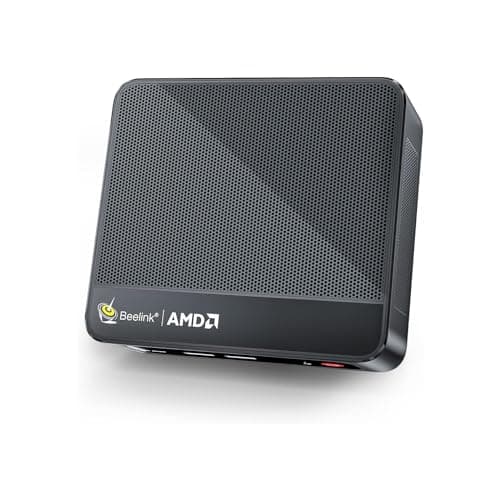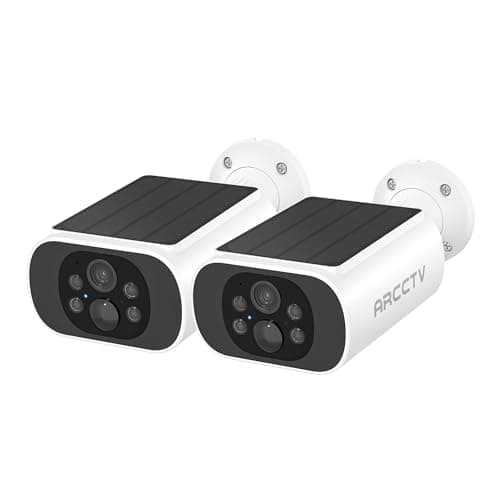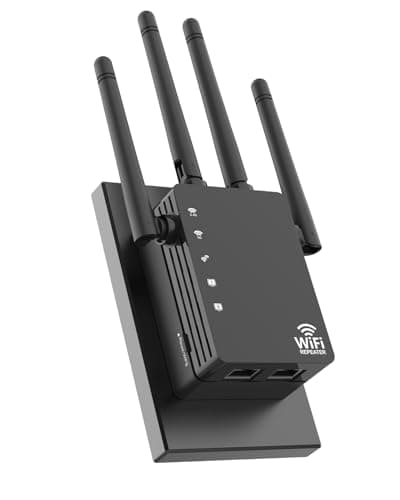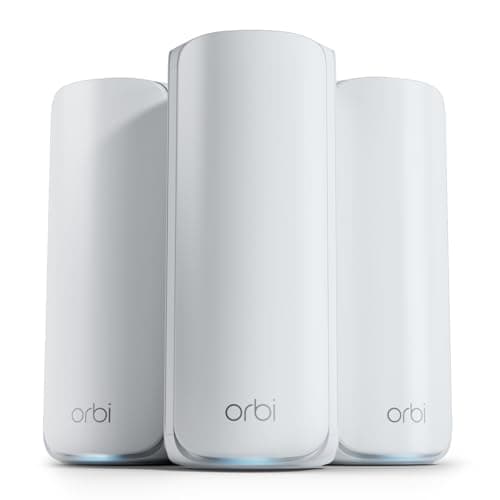Why Use Suricata for Network Monitoring
Suricata is known for its speed, accuracy, and versatility. It supports multi-threading, is compatible with popular rule sets like Emerging Threats, and can output data in multiple formats including JSON for easy integration with SIEM platforms.
By choosing Suricata for your monitoring system, you're gaining a flexible, scalable solution that adapts to evolving cybersecurity needs.
Step-by-Step Guide to Set Up Suricata Monitoring System
1. Prerequisites and Environment Setup
Before installing Suricata, ensure your system meets the following requirements:
- Linux distribution (Ubuntu, Debian, CentOS)
- Root or sudo privileges
- Internet access for downloading packages
- Network interface set in promiscuous mode for packet capturing
We’ll use Ubuntu in this example, but the process is similar for other distros with slight variations in package management.
2. Installing Suricata on Linux
On Ubuntu/Debian
sudo apt update
sudo apt install suricata -yOn CentOS/RHEL
sudo yum install epel-release -y
sudo yum install suricata -yYou can confirm the version with:
suricata --build-info3. Configuring Suricata
Suricata’s configuration file is located at:
/etc/suricata/suricata.yamlEdit with:
sudo nano /etc/suricata/suricata.yamlImportant Config Sections:
af-packet or pcap: Define your network interface:
af-packet:
- interface: eth0rule-files: Make sure it points to your rule set (e.g., suricata.rules).
outputs: Enable logs like fast.log and eve.json:
outputs:
- fast:
enabled: yes
- eve-log:
enabled: yes
types:
- alert
- dns
- http4. Enable Promiscuous Mode
sudo ip link set eth0 promisc on
ip link show eth05. Running Suricata
Run manually:
sudo suricata -c /etc/suricata/suricata.yaml -i eth0Run as a service:
sudo systemctl enable suricata
sudo systemctl start suricata
sudo systemctl status suricataMonitoring and Analyzing Suricata Logs
Logs are located at:
/var/log/suricata/Key Log Files:
fast.log: Quick alerts overvieweve.json: Detailed JSON logsstats.log: Performance metrics
tail -f /var/log/suricata/fast.log
jq . /var/log/suricata/eve.jsonTesting Suricata’s Functionality
curl http://testmyids.comThis will trigger a safe IDS alert in your logs.
Updating and Managing Suricata Rules
sudo apt install python3-pip -y
pip3 install --upgrade suricata-update
sudo suricata-update
sudo suricata-update enable-source oisf/trafficid
sudo suricata-update
sudo systemctl restart suricataIntegrating Suricata with Visualization Tools
1. ELK Stack
- Logstash: parses eve.json
- Elasticsearch: stores data
- Kibana: visualizes alerts
2. Wazuh + Suricata
Wazuh offers native Suricata integration with SIEM and correlation capabilities.
Automating Suricata with Systemd and Cron
sudo systemctl enable suricataAutomate rule updates:
sudo crontab -e0 2 * * * /usr/local/bin/suricata-update && systemctl restart suricata
Hardening Your Monitoring System
- Restrict Suricata to specific interfaces
- Secure log directories
- Monitor resource usage
- Use dedicated NICs in high-traffic setups
Final Thought
Deploying a Suricata monitoring system empowers your infrastructure with real-time visibility, alerting, and actionable insights. With rule-based detection, packet inspection, and support for powerful integrations like ELK, Suricata becomes a crucial asset in modern network defense.
Whether you're running a small home network or a large enterprise, setting up Suricata offers a strong line of defense. By following this guide and continuously updating your rules, you’ll be well-positioned to detect, respond to, and prevent potential intrusions.
Watch video gide: Suricata monitoring system















